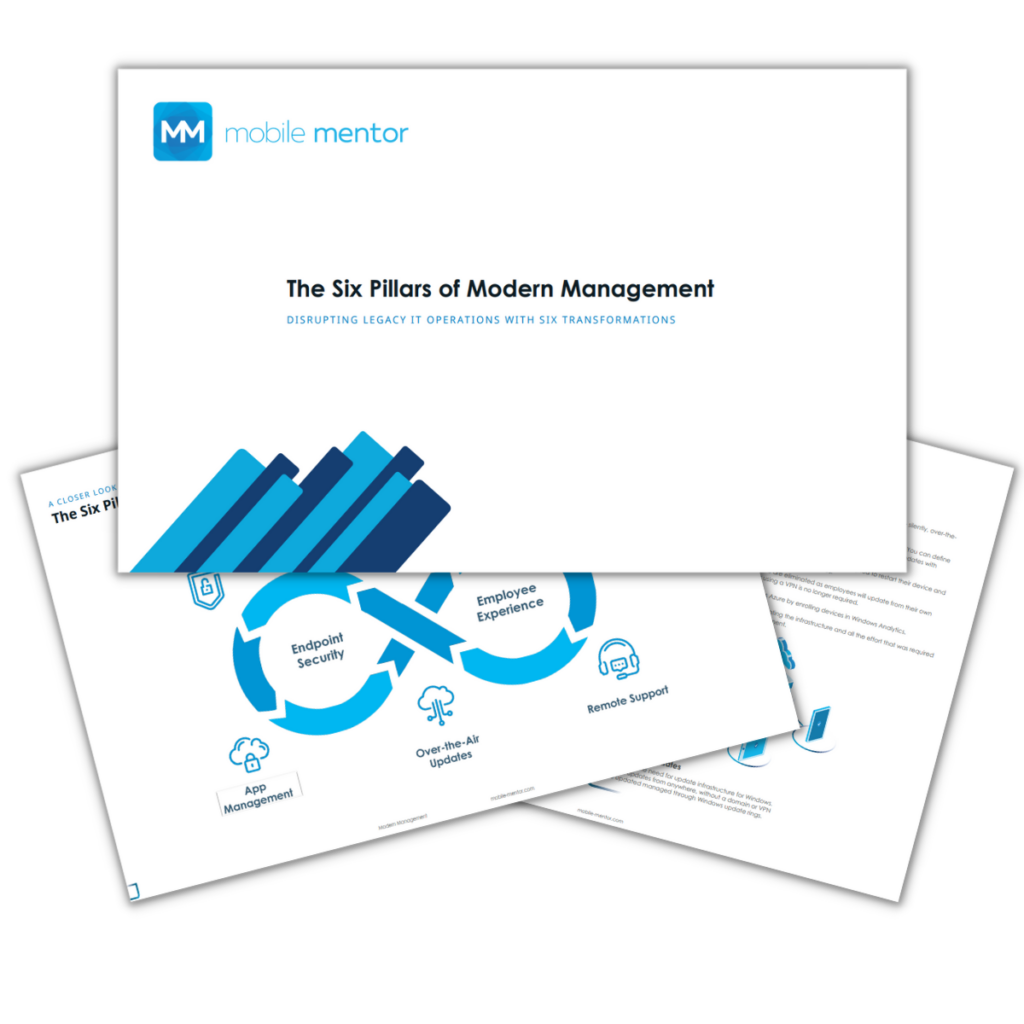When it comes to IT and business continuity, two critical concepts often come into play when discussing disaster recovery strategies: RTO (Recovery Time Objective) and RPO (Recovery Point Objective).
While they sound similar, each serves a distinct purpose in ensuring business resilience and continuity in the face of disruptions. In the content below, we’ll delve into the definitions of RTO and RPO, explore their differences, and discuss their significance in disaster recovery planning.
What is RTO?
Recovery Time Objective (RTO) refers to the targeted duration within which a business process or system must be restored after a disruption to avoid significant consequences. In simpler terms, RTO represents the maximum tolerable downtime for a particular service or application before its unavailability starts causing unacceptable damage to the organization. RTO is typically measured in hours, minutes, or even seconds, depending on the criticality of the business function.
For example, a financial institution may have an RTO of two hours for its online banking services. This means that in the event of a system failure or outage, the organization must restore online banking functionality within two hours to prevent substantial financial losses and maintain customer trust.
What is RPO?
Recovery Point Objective (RPO), on the other hand, focuses on data loss tolerance and represents the maximum allowable amount of data that an organization is willing to lose after a disruption occurs. In essence, RPO defines the point in time to which data must be recovered to resume operations without causing significant harm to the business. RPO is measured in units of time, such as minutes, hours, or days.
Continuing with the previous example, if the financial institution has an RPO of one hour for its transactional data, it means that after a disruption, the organization can afford to lose up to one hour’s worth of transactional data without incurring severe repercussions. Any data loss beyond this threshold could result in financial discrepancies, compliance issues, or damage to the organization’s reputation.
Key Differences Between RTO and RPO
While RTO and RPO are both critical components of disaster recovery planning, they serve distinct purposes and focus on different aspects of resilience:
Focus: RTO emphasizes the restoration time of services or applications, while RPO prioritizes the recovery point of data.
Impact: RTO addresses the impact of downtime on business operations, while RPO addresses the impact of data loss on continuity and integrity.
Measurement: RTO is measured in time units (e.g., hours, minutes), while RPO is also measured in time units but reflects the data’s age at the time of recovery.
Prioritization: RTO helps organizations prioritize the restoration of critical services, while RPO helps prioritize data replication and backup frequency based on data criticality.
Significance in Disaster Recovery Planning
Understanding and defining RTO and RPO are crucial steps in developing an effective disaster recovery strategy. These metrics help organizations set clear objectives, allocate resources efficiently, and prioritize recovery efforts based on business needs and risk tolerance levels.
By establishing appropriate RTO and RPO values for different systems, applications, and data sets, organizations can tailor their recovery strategies to meet specific requirements and ensure optimal business resilience. Additionally, regularly reviewing and reassessing RTO and RPO values in response to evolving business needs and technological advancements is essential to maintaining an effective disaster recovery posture.
In conclusion, while RTO and RPO are distinct concepts in disaster recovery planning, they are interconnected and equally vital for ensuring business continuity and mitigating the impact of disruptions. By understanding their differences, setting realistic objectives, and implementing robust recovery mechanisms, organizations can enhance their resilience and minimize downtime and data loss in the face of unforeseen events.
Download the Six Pillars of Modern Endpoint Management
Deep Dive Concepts such as:
- Zero Trust
- Passwordless Authentication
- Zero Touch Provisioning
- App Management
- Over-The-Air Updates
- Remote Support






